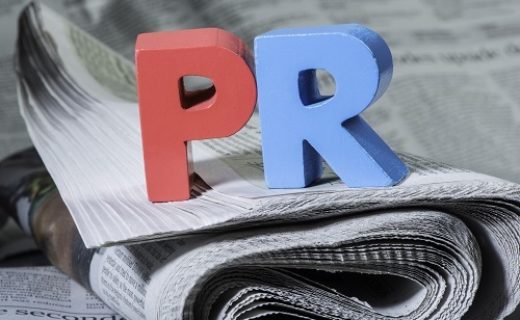Media placements drive public relations campaigns. And the question of quality versus quantity often comes up. For example, is it better to have five mediocre placements or one placement that hits the others out of the ballpark? The effort put into securing quality media placements will pay off far more for your business than a high volume of mediocre placements. Below are five tactics we keep in mind while securing higher quality placements.
1. Know your business goals. An important component to setting up your media relations strategy is aligning your business goals and your audience. And once you define your audience, you’ll know which publications to target. A story in the Wall Street Journal will have a much different impact than a story in Nations Restaurant News.
2. Press releases vs. story ideas. Press releases are an important tool to announce new products or services, employees and events, but an effective media relations strategy cannot run entirely on press releases. Look for bigger story ideas within your company and industry to pitch to the media. Longer bylined stories will have a greater impact on your audience than a news brief generated by a press release.
3. Emphasize your talking points. After someone reads or hears about your business, you want to make sure they have a greater understanding about your company. A media placement will not have very much value if it doesn’t say who you are and what you do.
4. Don’t forget supportive materials. We live in a highly visual society, and the media is using more and more visuals to support stories. While photos are a popular choice to use in storytelling, consider using tables, timelines, videos or infographics to illustrate your story.

5. Your employees tell your story best. Whether it is the CEO or an employee out in the field, your employees will be able to talk about the business from personal experience, and that will resonate more with your audience. (But, of course, make sure they’re media trained!)
There are many components that go into effective media relations. Identifying business goals, developing a “big story” and encouraging your employees to share their perspectives can lead to quality placements in publications that better tell your company’s story.





